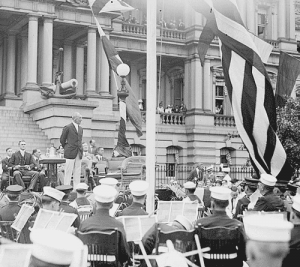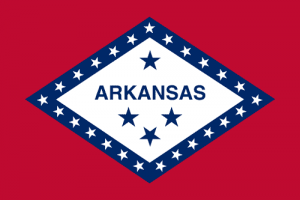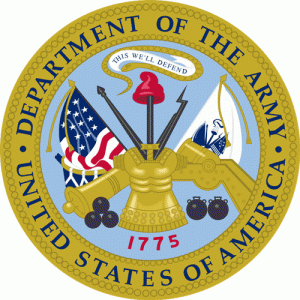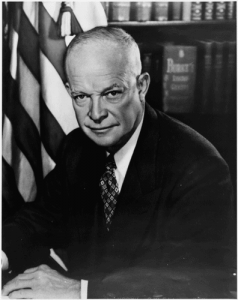Significant flags to think about on Flag Day

The nation, one of its states and a branch of the military are marking special flag anniversaries this month.
FLAG DAY
One hundred years ago, as the U.S. grew nearer to entering World War I, President Woodrow Wilson officially established June 14 as Flag Day.
“Many circumstances have recently conspired,” he wrote in 1916, “to turn our thoughts to a critical examination of the conditions of our national life, of the influences which have seemed to threaten to divide us in interest and sympathy.”
Continuing, he said that it was “fitting that I should call your attention to the approach of the anniversary of the day upon which the flag of the United States was adopted by the Congress as the emblem of the Union, and to suggest to you that it should this year and in the years to come be given special significance as a day…upon which we should direct our minds…to thoughts of the ideals and principles of which we have sought to make our great Government the embodiment.
“Let us…rededicate ourselves to the nation, ‘one and inseparable’…[and] stand with united hearts for an America which no man can corrupt, no influence draw away from its ideals.”
 ARKAN-STARS
ARKAN-STARS
In June 1836, 180 years ago, America got its 25th state: Arkansas Flag. In 1912, to mark a patriotic occasion, the state flag was called for. There was, however, a major problem: Arkansas didn’t have one.

Quickly, a contest was launched to come up with a state banner. After more than six dozen entries had been considered, a red, white and blue design by Willie Kavanaugh Hocker, a teacher, was chosen, and she became the Betsy Ross of Arkansas.
The flag contains a diamond shape that bears the state’s name and a sprinkling of stars. The diamond represents the state’s uniqueness in having America’s only diamond mine, while the stars have several meanings. First, there are 25 to indicate that the state was the 25th to join the Union.
Originally, three twinklers placed in the middle stood for the nations that claimed the area: Spain, France and the U.S. In 1923, a fourth star was added to represent the state’s secession to join the Confederacy, an alteration that was later officially approved by President Bill Clinton, a native of Arkansas.
 MILITARY FLAG
MILITARY FLAG
Sixty years ago, President Dwight D. Eisenhower formally signed a document that blessed the design for the official flag of the U.S. Army.
The military flag, said the document, should be made of “white silk or rayon, with yellow fringe….In the center [lies] the design of the seal of the Department of the Army.”

The president also approved the addition of streamers to the banner to represent “campaigns in which the United States Army has participated. There shall be embroidered on each streamer the name of the campaign and the year in which it occurred.”
